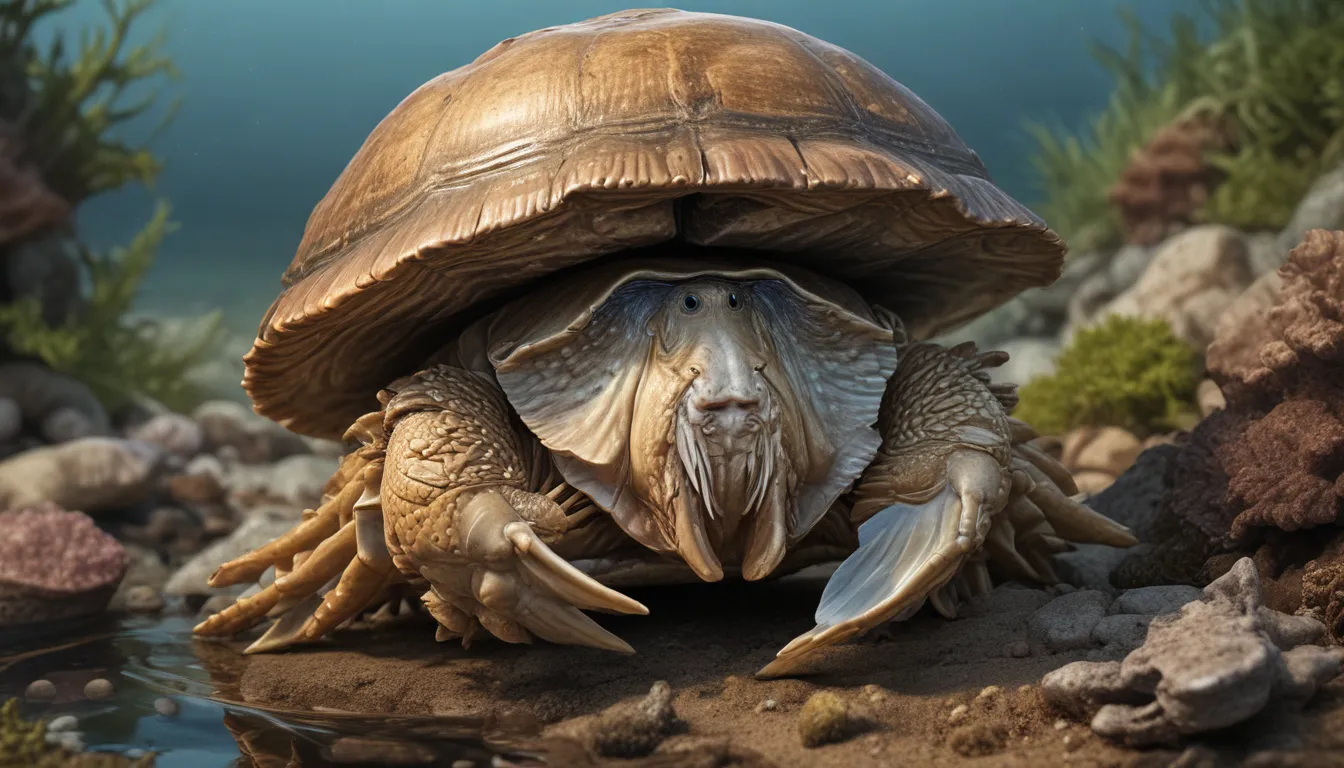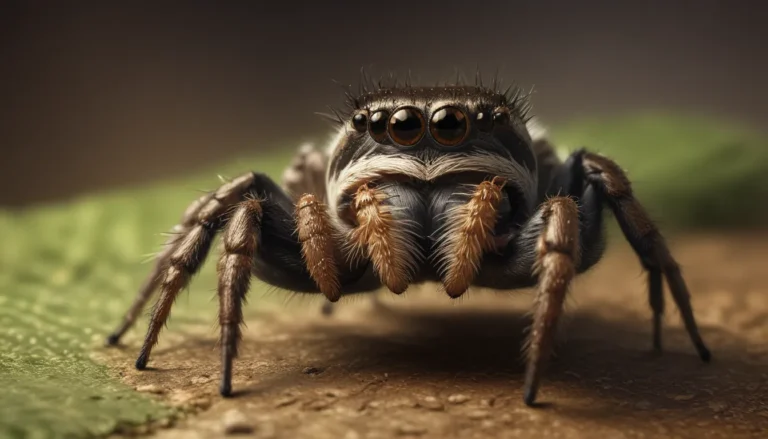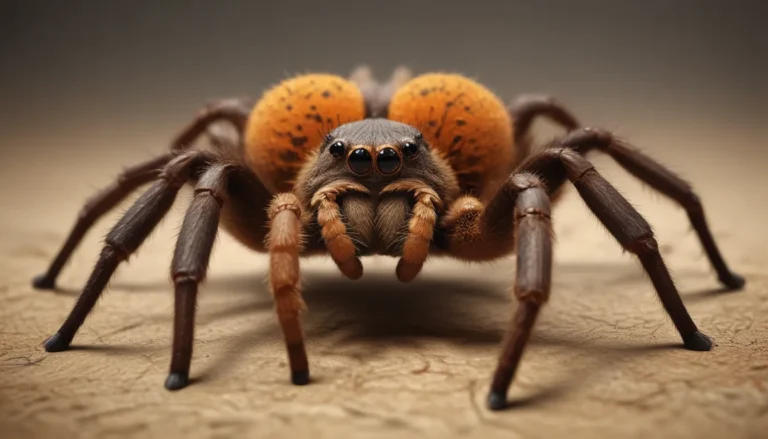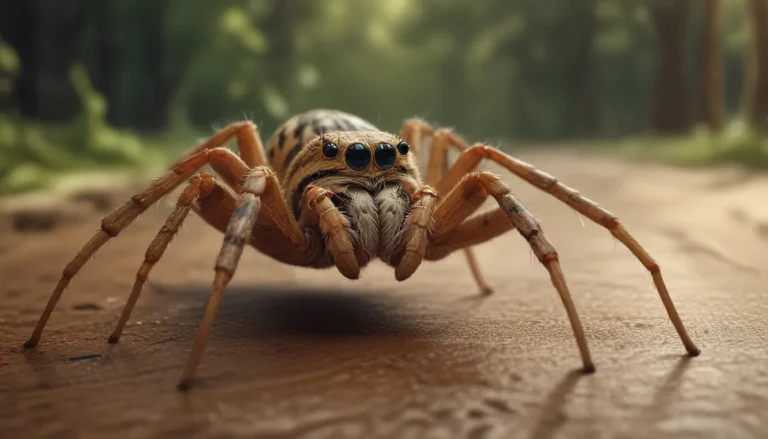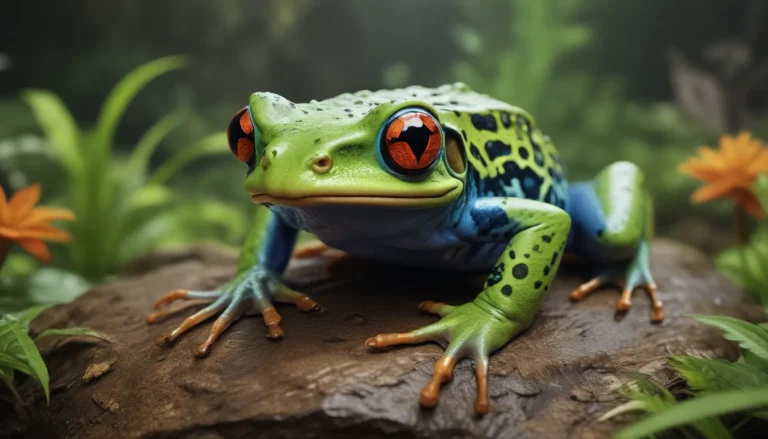The pictures we use in our articles might not show exactly what the words say. We choose these pictures to make you interested in reading more. The pictures work together with the words but don’t take their place. The words still tell you the important facts.
Welcome to the enchanting world of quahogs, also known as hardshell clams, where these bivalve mollusks captivate marine enthusiasts and food connoisseurs alike. Join us on a journey to uncover 20 fascinating facts about quahogs that will surprise and inspire you. From their impressive longevity to their cultural significance, quahogs have much to offer in terms of knowledge and wonder. Let's dive deep into the ocean and explore the secrets hidden within the shells of these remarkable creatures.
The Quahog: A Legendary Bivalve Mollusk
Meet the Quahog, scientifically known as Mercenaria mercenaria, a species of bivalve mollusk native to the eastern coast of North America. Renowned for its meaty texture and delicious flavor, the quahog is a sought-after seafood delicacy that has captured the hearts and taste buds of many.
Longevity Beyond Belief
One of the most astonishing facts about quahogs is their remarkable longevity. With some individuals living for over 100 years, these bivalve mollusks hold a special place in the animal kingdom for their ability to provide valuable insights into the ocean's history and ecosystem.
Shell of Strength and Beauty
Quahogs boast thick, hard shells that not only protect them from predators and harsh conditions but also display a range of colors, from dark brown to grayish-white. These shells are not just functional but also serve as decorative items in jewelry and crafts.
Guardians of Water Quality
As filter feeders, quahogs play a crucial role in maintaining water quality by filtering microscopic algae, plankton, and organic particles from the water. This essential process helps to keep our oceans clean and in balance, benefiting marine ecosystems.
Habitat Harmony in Sandy Abodes
Found in sandy and gravelly areas of coastal waters, estuaries, and bays, quahogs are expert burrowers who use their muscular foot to anchor themselves in the sediment and protect against strong currents. Their adaptability to various habitats is a testament to their resilience.
Masters of Sediment Dwelling
Quahogs possess the impressive ability to dig deep into the sediment, sometimes reaching depths of up to a meter. This allows them to find secure residences and avoid being dislodged by waves or predators, showcasing their survival skills in challenging environments.
Ecological Champions
Quahogs are not just iconic seafood delicacies; they also serve as important contributors to coastal ecosystems by providing food and habitat for a variety of marine organisms. Their presence supports biodiversity and the health of coastal ecosystems, benefiting species like crabs, birds, and marine mammals.
Survivors in Low-Oxygen Environments
Adaptable and resilient, quahogs have the incredible capacity to tolerate low-oxygen environments by adjusting their metabolism and slowing down their physiological processes. This unique ability allows them to thrive in areas with limited oxygen supply, showcasing their adaptive prowess.
A Size for Every Taste
Quahogs come in a range of sizes, from the smallest measuring around one inch in diameter to larger individuals reaching up to three inches or more. Their size can vary based on habitat conditions and age, offering a diverse array of options for culinary and scientific exploration.
Gastronomic Delights Await
Beyond their impressive shells and longevity, quahogs are also revered for their delectable meat, which can be used in a variety of culinary creations such as chowders, stuffings, fritters, and clam-based dishes. Their firm and flavorful meat is a versatile ingredient that delights the palate.
Guardians of Environmental Change
Sensitive to shifts in water temperature, salinity, and pollution levels, quahogs serve as valuable indicators of environmental health. Scientists study their growth patterns and shell chemistry to monitor changes over time, shedding light on the impact of climate change and pollution on marine ecosystems.
Cultural Icons of Indigenous Tribes
For indigenous tribes along the eastern coast of North America, quahogs hold cultural and spiritual significance, playing a vital role in ceremonies, traditional feasts, and storytelling. Symbolizing the connection between humans and the natural world, quahogs are more than just marine creatures—they are cherished symbols of heritage and tradition.
Movers and Shakers with Muscular Feet
Despite their predominantly sedentary lifestyle, quahogs have a muscular foot that allows them to move short distances, glide along surfaces, or burrow deeper into the sand. This fascinating ability showcases their adaptability and mobility within their habitat.
Economic Powerhouses of the Sea
The commercial harvesting of quahogs supports local economies and fishing communities, contributing to the seafood industry and coastal tourism. These valuable shellfish are not only enjoyed locally but also exported to various regions, showcasing their economic significance.
Pearls of Beauty and Rarity
In a rare and enchanting process akin to oysters, quahogs have the ability to produce pearls. When a foreign object enters the shell and irritates the mollusk, it can lead to the formation of a protective layer of nacre, resulting in the creation of a pearl—a rare treasure from the depths of the ocean.
Masters of Salt Balance
Equipped with a specialized osmoregulatory organ, quahogs can regulate the salt concentration within their bodies, maintaining the necessary balance of ions and fluids in changing environments. This unique adaptation enables them to thrive in diverse and challenging conditions.
Year-Round Reproduction Marvels
Unlike many other species with specific breeding seasons, quahogs can reproduce throughout the year by releasing their eggs and sperm into the water for external fertilization. This continuous reproductive cycle ensures the ongoing survival and prosperity of their species.
Stewards of Sediment Stability
By burrowing into the sediment, quahogs play a vital role in stabilizing substrates, preventing erosion, and maintaining the integrity of coastal areas. Their presence contributes to the overall stability and ecological balance of the region, showcasing their importance in coastal ecosystems.
Scientific Allies in Environmental Research
Given their long lifespan and sensitivity to environmental changes, quahogs are invaluable assets in scientific studies and research projects focused on climate change, pollution, and marine ecosystem health. Their insights provide critical information for understanding and preserving marine environments.
Names of Diversity and Localization
Quahogs are known by various names in different regions, reflecting their widespread presence and adaptation. In addition to "quahog," they may be referred to as hard clams, chowder clams, or littlenecks, depending on local dialects and traditions.
Let Your Curiosity Take Flight
Step into the enchanting world of quahogs and explore the wonders of these remarkable bivalve mollusks. With their captivating abilities, historical significance, and cultural importance, quahogs are a treasure trove of knowledge waiting to be discovered. By deepening our understanding and appreciation for these fascinating creatures, we can forge a deeper connection with the ocean and its intricate ecosystems.
FAQs: Quahogs Unveiled
-
What is a quahog?
A quahog is a type of hard-shelled clam native to the eastern coast of North America. -
How long do quahogs live?
Quahogs are known for their longevity, with some individuals living over 200 years. -
How are quahogs harvested?
Quahogs are typically harvested using rakes or dredges that scrape the ocean floor for the clams. -
Can you eat quahogs?
Yes, quahogs are considered a delicacy in many coastal cuisines and are commonly consumed. -
Are quahogs sustainable seafood?
Quahogs are generally deemed sustainable seafood, with fisheries implementing regulations to ensure their long-term survival. -
Do quahogs have ecological importance?
Quahogs play a crucial role in marine ecosystems by filtering water and maintaining water quality. -
What is the difference between a quahog and other clams?
Quahogs have thicker shells compared to other clams, making them better adapted to survive in turbulent environments. -
Are quahogs only found in North America?
While predominantly found along the eastern coast of North America, quahogs have been introduced to other parts of the world as well.
Quahogs' allure and significance make them captivating creatures worth exploring. Dive deeper into the world of animated characters with intriguing insights into Dr. Elmer Hartman's family life in Family Guy to uncover surprising details and humorous adventures. Immerse yourself in the fascinating realm of quahogs and discover the wonders they hold within their shells.
In Conclusion: Cherishing Quahogs and Their Legacy
In conclusion, quahogs stand as extraordinary creatures with a rich tapestry of traits and contributions to our natural world. From their longevity to their ecological impact and cultural importance, quahogs embody a harmonious relationship between humans and the ocean ecosystem. By unraveling the mysteries of these bivalve mollusks and sharing our knowledge, we can deepen our appreciation for their role in the intricate web of life. Let us continue to preserve and protect the habitats where quahogs flourish, ensuring their legacy for generations to come.
